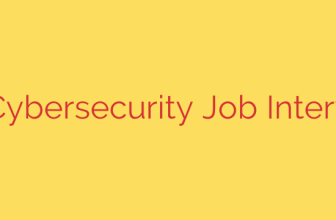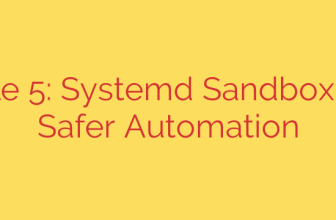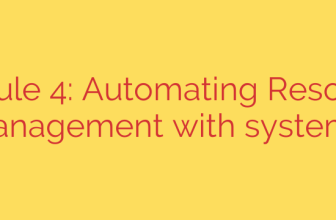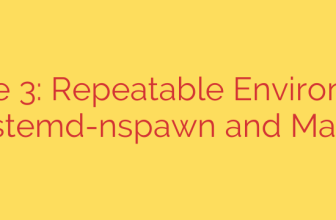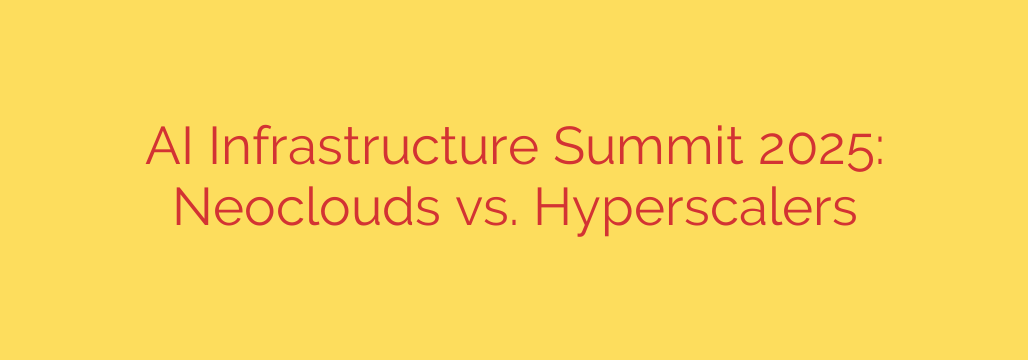
The Future of AI Infrastructure: Why Neoclouds Are Challenging the Hyperscaler Giants
The artificial intelligence revolution is running on a new type of fuel: immense computational power. As organizations rush to train and deploy sophisticated AI models, the foundational question of where this work gets done has become a critical strategic decision. For years, the default answer has been the hyperscale cloud providers. But a new class of specialized players, known as neoclouds, is emerging to challenge the status quo, creating a pivotal debate for the future of AI infrastructure.
This isn’t just a technical argument; it’s a fundamental shift in how businesses access the power needed for next-generation AI. The choice between an established hyperscaler and an agile neocloud can significantly impact a project’s cost, performance, and time-to-market.
The Established Titans: Understanding Hyperscalers
Hyperscalers are the household names of cloud computing: Amazon Web Services (AWS), Microsoft Azure, and Google Cloud Platform (GCP). They operate on a massive, global scale, offering a vast and integrated ecosystem of services that extend far beyond raw computing power.
Key strengths of hyperscalers include:
- Comprehensive Service Portfolios: They provide a one-stop-shop for nearly every IT need, from storage and databases to networking, security, and a wide array of software-as-a-service (SaaS) tools.
- Global Reach and Reliability: With data centers spread across the world, they offer unparalleled uptime, redundancy, and low-latency access for a global user base.
- Robust Security and Compliance: Hyperscalers have invested billions in securing their platforms and achieving a vast range of industry and government compliance certifications (like HIPAA, FedRAMP, and GDPR).
However, when it comes to the highly specialized demands of AI, this generalist approach can present challenges. Accessing the latest, most powerful GPUs can be highly competitive and expensive. The very complexity that makes their platforms so powerful can also create a steep learning curve for teams focused purely on training a machine learning model.
The Rise of the Neoclouds: Specialized Power for AI
Neoclouds are a new breed of cloud provider built from the ground up with a singular focus: delivering high-performance computing for AI and other GPU-intensive workloads. They have stripped away the sprawling service catalogs to concentrate on what AI developers need most.
The primary advantages of neoclouds are clear and compelling:
- Exceptional Cost-Performance for AI: By focusing exclusively on high-demand hardware like NVIDIA’s H100 or A100 GPUs, neoclouds can offer them at a significantly lower cost than hyperscalers. This is often their most significant competitive advantage.
- Access to Cutting-Edge Hardware: As smaller, more agile companies, they are often faster to adopt and make available the very latest GPU architectures, giving their customers a performance edge.
- Simplicity and Developer Experience: Their platforms are streamlined for AI workflows. The process of spinning up a multi-GPU cluster for model training is often faster and more intuitive, removing unnecessary complexity.
The trade-off is a narrower focus. A neocloud won’t offer the same breadth of database services, managed enterprise applications, or global networking features as a hyperscaler. They are specialists, not generalists.
Actionable Advice: How to Choose Your AI Cloud Strategy
The decision between a neocloud and a hyperscaler is not a matter of one being universally “better” than the other. It’s about aligning the platform’s strengths with your specific business and technical requirements. Before making a commitment, consider the following questions:
What is your primary workload? If your main goal is training massive large language models (LLMs) or other deep learning systems where GPU performance is the bottleneck, a neocloud is likely the more efficient and cost-effective choice. If your AI application is tightly integrated with a dozen other services (like databases, web servers, and data lakes), the integrated ecosystem of a hyperscaler may be essential.
How sensitive is your budget to compute costs? For startups and research teams where every dollar spent on GPU time counts, the potential for 30-50% cost savings on a neocloud can be a game-changer. For large enterprises where budget is less of a constraint than security and compliance, the proven track record of a hyperscaler may be worth the premium.
What are your security and compliance needs? If you handle sensitive personal data or operate in a highly regulated industry, the mature security posture and extensive certifications of a hyperscaler are non-negotiable. While neoclouds are rapidly improving their security, they may not yet have the full suite of attestations required by certain enterprises. Always conduct a thorough security review of any potential provider.
Is a hybrid approach right for you? The most sophisticated strategy may involve using both. An organization could use a hyperscaler for its long-term data storage, web hosting, and general business applications while leveraging a neocloud for its intense, short-term model training bursts. This hybrid cloud model allows you to get the best of both worlds: the ecosystem and security of a hyperscaler with the cost-performance of a neocloud.
The Future is Diverse and Specialized
The era of a one-size-fits-all cloud is drawing to a close, especially in the demanding world of artificial intelligence. The emergence of neoclouds is a healthy and necessary evolution of the market, providing much-needed competition and choice. It forces hyperscalers to become more competitive in their AI offerings while giving businesses the freedom to select the right tool for the job.
Ultimately, the battle between neoclouds and hyperscalers is great news for anyone building the future of AI. It signals a maturing market where specialized needs are met with specialized solutions, driving down costs and accelerating innovation for everyone.
Source: https://datacenterpost.com/ai-infra-summit-2025-are-neoclouds-the-next-hyperscalers/




